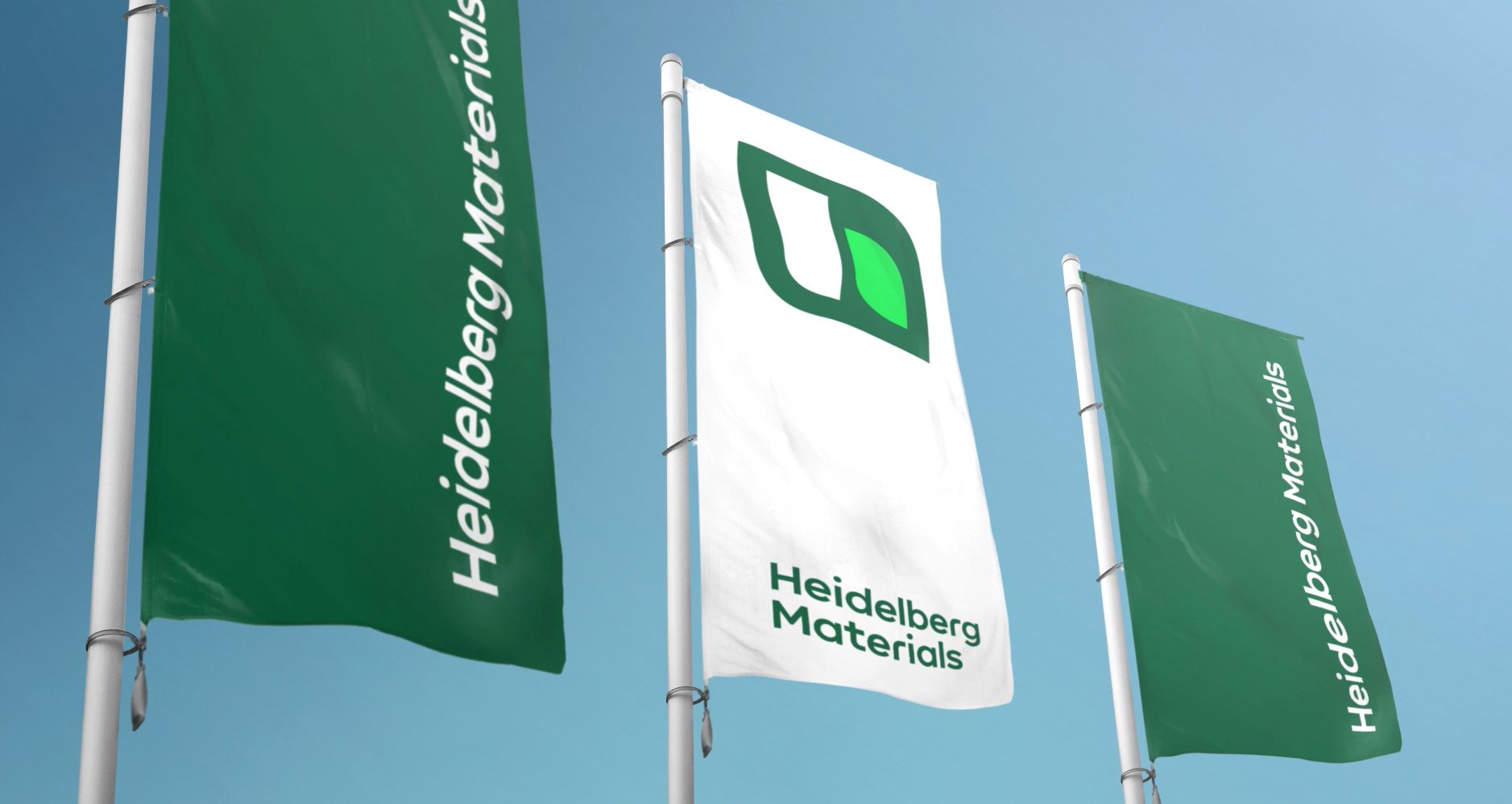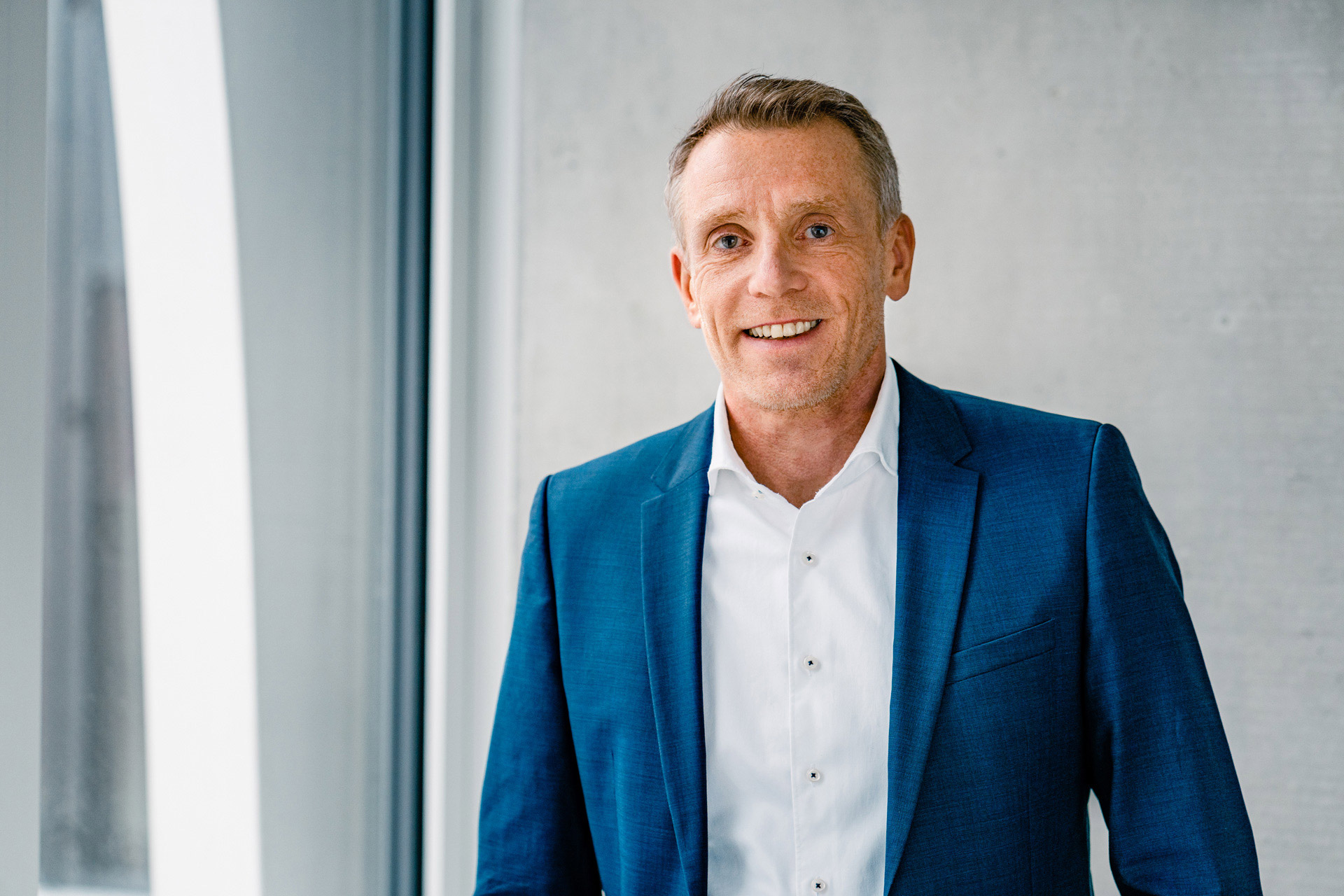HeidelbergCement grows sales volume, revenue and profit for the period in the second quarter of 2018
Highlights of the second quarter 2018 and outlook:
- Robust growth in sales volumes in all business lines
- Revenue up 9% like-for-like
- Result from current operations before depreciation and amortisation increases by 3% like-for-like
- Group share of profit improves by 11% to €398 million (previous year: 358)
- Outlook for 2018 unchanged:
- Growth in sales volumes of cement, aggregates, and ready-mixed concrete expected
- Moderate increase in revenue and mid- to high-single digit percentage increase in result from current operations before currency and consolidation effects; significant rise in profit for the financial year
- HeidelbergCement is globally well positioned for sustainable and profitable growth
Growth in sales volumes in all business lines
The positive market dynamics continued in the second quarter in all Group areas and led to growth in sales volumes in all business lines.
In the second quarter, the Group’s cement and clinker sales volumes rose by 3% to 33.7 million tonnes (previous year: 32.6). Adjusted for the disposal of the white cement business in the USA, the deconsolidation of Georgia and the acquisition of Cementir Italia, the growth rate amounted to 4% and all Group areas contributed to this increase.
Deliveries of aggregates rose by 5% to 85.7 million tonnes (previous year: 81.4). With the exception of Africa-Eastern Mediterranean Basin, all Group areas recorded increasing volumes. Adjusted for consolidation effects, growth amounted to 4%.
Deliveries of ready-mixed concrete increased by 4% to 12.7 million cubic metres (previous year: 12.2), with all Group areas recording a volume growth. Asphalt sales volumes improved considerably by 18% to 2.9 million tonnes (previous year: 2.4) owing to the positive development of demand in the UK and in California as well as consolidation effects in the northwest of the USA and Australia. Excluding consolidation effects, the increase amounted to 9%.
Positive trend reversal in operating income – profit for the period further significantly increased
Group revenue rose by 4% in the second quarter to €4.8 billion (previous year: 4.6). Negative currency effects of €226 million had an adverse impact on revenue. Adjusted for currency and consolidation effects, revenue increased by 9% due to sales volume growth in all business lines and successful price increases. Negative currency effects also affected operating profit: Result from current operations before depreciation and amortisation decreased by 3% to €936 million (previous year: 964); after depreciation and amortisation, the result from current operations fell to €663 million (previous year: 683). Adjusted for currency and consolidation effects, result from current operations before and after depreciation increased by 3% and 5%, respectively. A relatively lower energy cost level in the same quarter of the previous year and further increases in coal and oil prices in the current year slowed down earnings growth.
“The solid development of results in the second quarter indicates a positive trend reversal after a weather-related difficult start of the year,” says Dr. Bernd Scheifele, Chairman of the Managing Board. “The growth of revenue and sales volumes in all business lines reflects the strong market dynamics. All in all, we could significantly improve the profit also in the second quarter. The strong operational development, lower restructuring charges and a further reduction in financing costs more than compensated for the increasing cost inflation and negative exchange rate effects. We expect the business development to further improve in the second half of the year and confirm our outlook for 2018.”
The additional ordinary result rose by €30 million to €10 million (previous year: -20). This was mainly due to the significant decrease in restructuring and integration costs compared to the previous year. The financial result improved by €19 million to €-79 million (previous year: -99). A further reduction of net interest expenses and an improved other financial income contributed to this development. Expenses for income taxes decreased slightly to €172 million (previous year: 176).
As a result, profit for the period increased by 8% to €429 million (previous year: 397). The profit relating to non-controlling interests fell by €8 million to €31 million (previous year: 39). The Group share consequently improved significantly by 11% to €398 million (previous year: 358), and earnings per share rose by €0.21 to €2.01 (previous year: 1.80).
At the end of the first half of 2018, the number of employees at HeidelbergCement stood at 59,642 (previous year: 60,993). The decrease of 1,351 employees essentially results from two opposing developments: On the one hand, around 3,200 jobs were cut across the Group, firstly through portfolio optimisations – particularly the deconsolidation of our Georgia activities – secondly in connection with the realisation of synergies in former Italcementi companies – especially in Egypt – and lastly as a result of efficiency increases in sales and administration as well as location optimisations – especially in Indonesia. On the other hand, almost 1,900 new employees joined the Group, mainly as a result of the acquisition of companies in Italy and Australia in the first quarter of 2018, and in the USA in the previous year. Furthermore, there was an increase in some countries in the Group areas of Western and Southern Europe as well as Northern and Eastern Europe-Central Asia, and in particular in Australia, owing to the solid market development.
Increase of free cash flow – Vision 2020
In June, HeidelbergCement presented its Vision 2020, updating financial targets and strategic priorities for the three-year period from 2018 to 2020. The Group aims to increase free cash flow generation to around €6 billion in the three-year period. Net growth capex in this period should be limited to a maximum of €1 billion. HeidelbergCement confirms its progressive dividend strategy with a target pay-out ratio of around 40%. In parallel, the company plans to reduce its leverage to below 2.0x and/or net debt to below €7 billion, paving the way to achieve a solid BBB/Baa 2 rating. Following this announcement, rating agency Moody’s upgraded the outlook of the HeidelbergCement rating from neutral to positive.
In the second quarter, HeidelbergCement already made progress. Free cash flow of the last 12 months rose to almost €1.3 billion (12 months until the end of Q2 2017: just below €900 million). Net debt decreased by €170 million to €9.97 billion compared to the end of the second quarter 2017. We are expecting a further increase in free cash flow in 2018, driven by lower interest payments, the consistent sale of activities that are not part of our core business, disciplined spending behaviour, and further optimisation of current assets
Sustainability Report 2017 published
HeidelbergCement has published its ninth Sustainability Report. The report conforms to the requirements of the “Core” option of GRI Standards and summarises important topics and challenges for HeidelbergCement in its drive for sustainable development. The report focuses on targets, measures and achievements of the company’s sustainability management in relevant areas, such as occupational safety and climate protection.
Outlook for 2018 confirmed
In July 2018, the International Monetary Fund (IMF) confirmed its forecast of a further acceleration of global economic growth to 3.9% in 2018. The main drivers behind this trend are, on the one hand, the further acceleration of growth in the USA and, on the other hand, the economic recovery of oil exporting emerging markets. Growth expectations for the Euro zone and the UK, however, were adjusted downwards due to the weak start of the year.
The IMF points to increased risks to the forecast. These include in particular the risk of escalating trade sanctions and of tighter global financial conditions due to a faster than anticipated rise in inflation and interest rate in the USA.
HeidelbergCement continues to expect to benefit from the good and stable economic development in the industrial countries, above all in the USA, Canada, Germany, the countries of Northern Europe, and Australia. The continued economic upturn, particularly in the countries of Eastern Europe, as well as in France, Spain – and to a lesser extent – in Italy, will also be to our advantage. These countries generate approximately 75% of our revenue. In the growth countries, such as Egypt, Indonesia, Thailand, India, and Morocco, as well as in Western and Eastern Africa, we anticipate an ongoing economic recovery.
In view of the overall positive development of demand, HeidelbergCement projects an increase in the sales volumes of the core products cement, aggregates, and ready-mixed concrete.
In terms of costs, we anticipate a further rise in the prices of energy and raw materials. In contrast, the personnel costs will only increase moderately. Our global programmes to optimise costs and processes as well as increase margins will be consistently pursued in 2018. These include the continuous improvement programmes for the aggregates (“Aggregates CI”), cement (“CIP”), and concrete (“CCR”) business lines, as well as “FOX” for purchasing. As in previous years, we expect these programmes to contribute significantly to further improving our efficiency and result.
On the basis of these assumptions, the Managing Board remains committed to the goal for 2018 of increasing revenue moderately and result from current operations by a mid- to high-single digit percentage before exchange rate and consolidation effects, and of significantly improving the profit for the financial year.
“With the positive underlying market dynamics, we’re confident about 2018,” continues Dr. Bernd Scheifele. “HeidelbergCement is globally well positioned for sustainable and profitable growth. We are on track to meet our strategic goals: to achieve continuous growth, create long-term value for our shareholders, and safeguard high-quality jobs.”
Overview of the HeidelbergCement Group
|
Key financial figures |
January-June | Q2 | ||||||
|---|---|---|---|---|---|---|---|---|
| €m | 2017 | 2018 | Variance | Like-for- like1) | 2017 | 2018 | Variance | Like-for- like1) |
| Sales volumes | ||||||||
| Cement (Mt) | 60.1 | 61.9 | 3% | 3% | 32.6 | 33.7 | 3% | 4% |
| Aggregates (Mt) | 142.3 | 145.2 | 2% | 1% | 81.4 | 85.7 | 5% | 4% |
| Ready-mixed concrete (Mm3) | 22.6 | 22.9 | 1% | 3% | 12.2 | 12.7 | 4% | 5% |
| Asphalt (Mt) | 3.9 | 4.5 | 15% | 6% | 2.4 | 2.9 | 18% | 9% |
| Income statement | ||||||||
| Revenue | 8,394 | 8,432 | 0% | 6% | 4,611 | 4,806 | 4% | 9% |
| Result from current operations before depreciation and amortisation | 1,347 | 1,188 | -12% | -5% | 964 | 936 | -3% | 3% |
| in % of revenue | 16.1% | 14.1% | 20.9% | 19.5% | ||||
| Result from current operations | 791 | 647 | -18% | -9% | 683 | 663 | -3% | 5% |
| Profit for the period | 362 | 435 | 20% | 397 | 429 | 8% | ||
| Group share of profit | 288 | 375 | 30% | 358 | 398 | 11% | ||
| Earnings per share in € (IAS 33) 2) | 1.45 | 1.89 | 30% | 1.80 | 2.01 | 11% | ||
| Statement of cash flows and balance sheet | ||||||||
| Cash flow from operating activities | -132 | -228 | -96 | 354 | 464 | 111 | ||
| Cash flow from investing activities | -438 | -654 | -216 | -300 | -207 | 93 | ||
| Net debt | 10,140 | 9,970 | -170 | |||||
| Gearing | 62.2% | 62.4% | ||||||
|
1) Adjusted for currency and consolidation effects |
||||||||
9,300 characters

